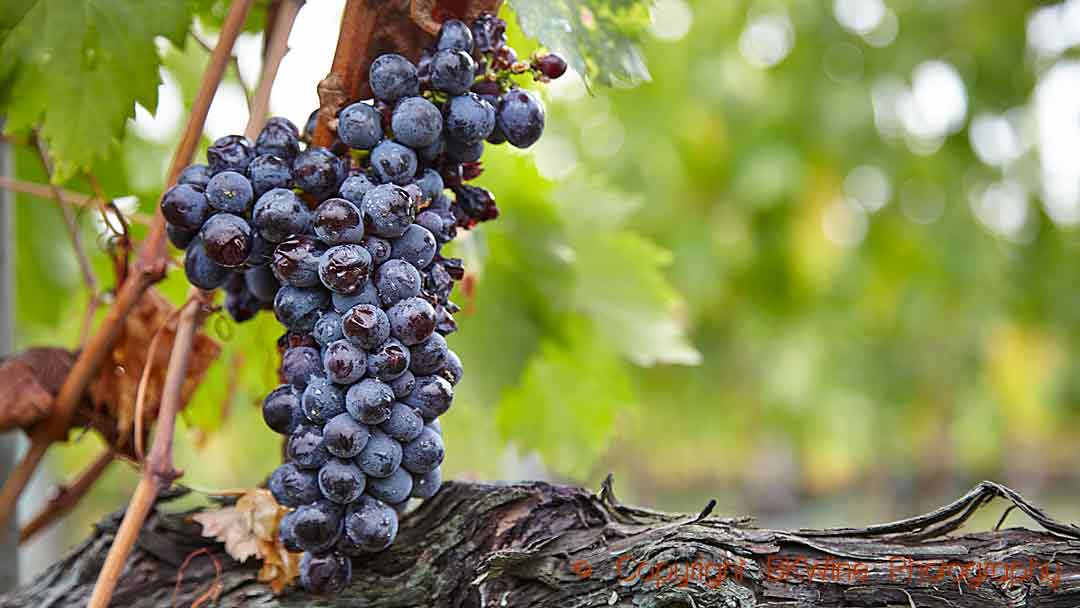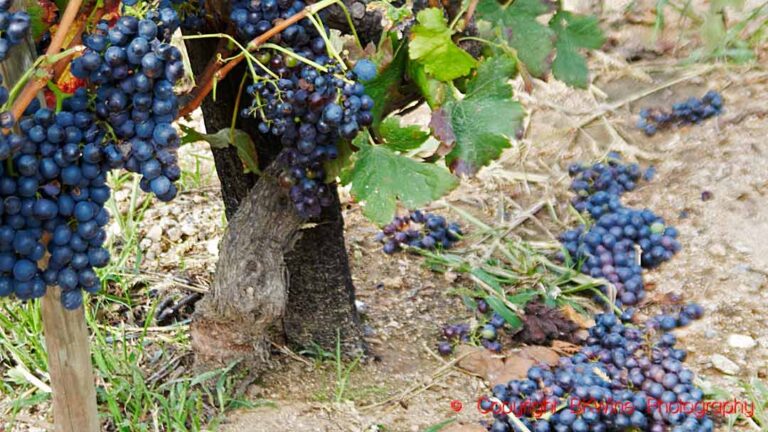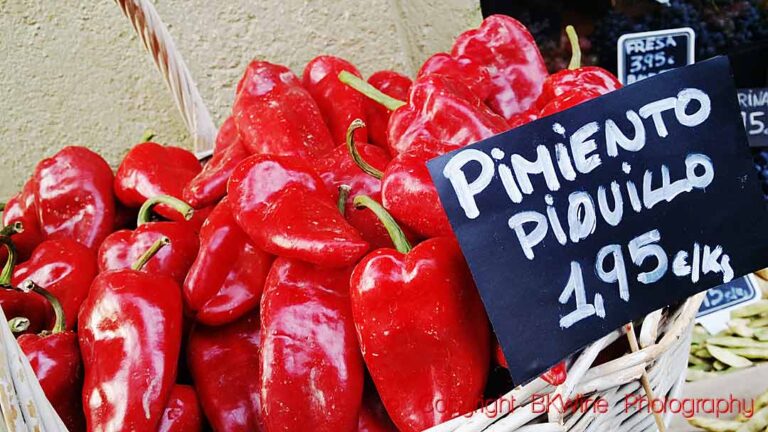Super-Tuscan is still a much-used denomination. The first producers of these rebel wines have recently founded an association, the Comitato Historical Super Tuscans. The members are 16 in total. They have all produced a famous super Tuscan before 1994, and they are all based in Chianti Classico.
The very first wine that protested against the grape rules of Chianti came in 1968, and it was Vigorello, a 100% sangiovese from San Felice. The wine had to be sold as a table wine (vino da tavola) because the rules of Chianti at that time required a certain amount of white grapes in the wine.
Then followed Tignanello with 20% Bordeaux grapes and Solaia with 100% Bordeaux grapes. In 1994, the geographical indication Tuscany IGT was introduced, which many super Tuscans use today. Before 1994, they were all vino da tavola.
Perhaps this can put a stop to the marketeers’ silly abuse of the denomination for any plonk from Tuscany with a touch of cabernet. A wine from Tuscany does not automatically become a Super Tuscan just because it contains Bordeaux grapes. It must be a very high quality wine, usually costly, in the spirit of the original rebel wines.
Read more: Decanter.












